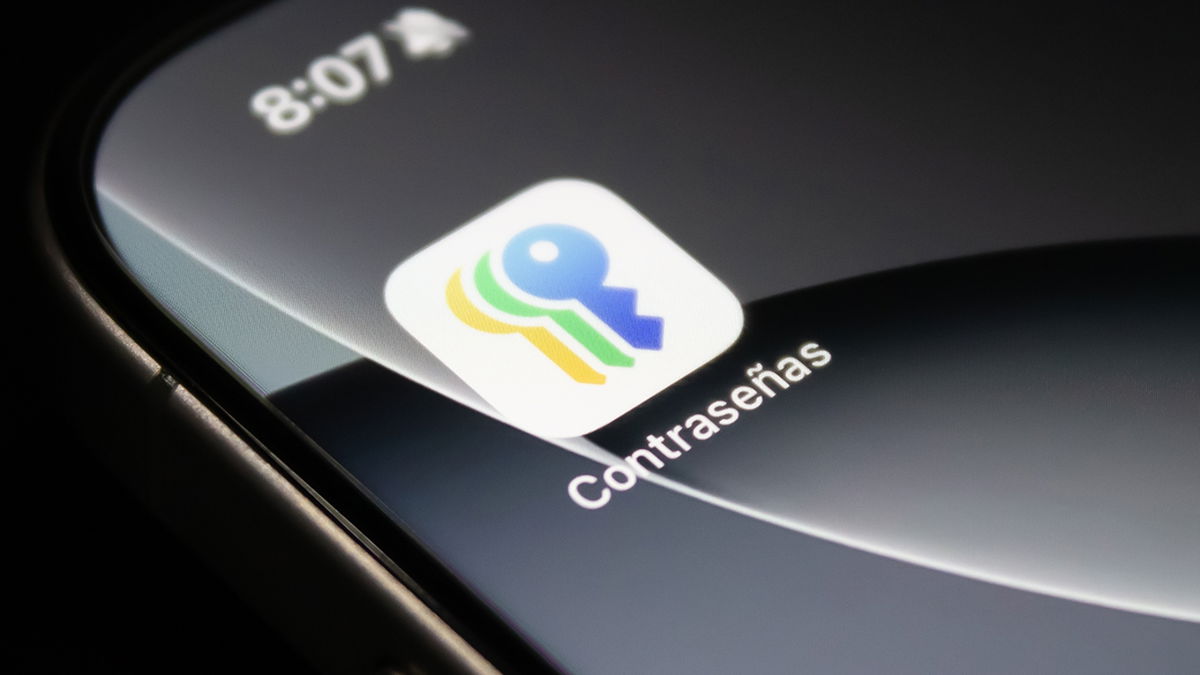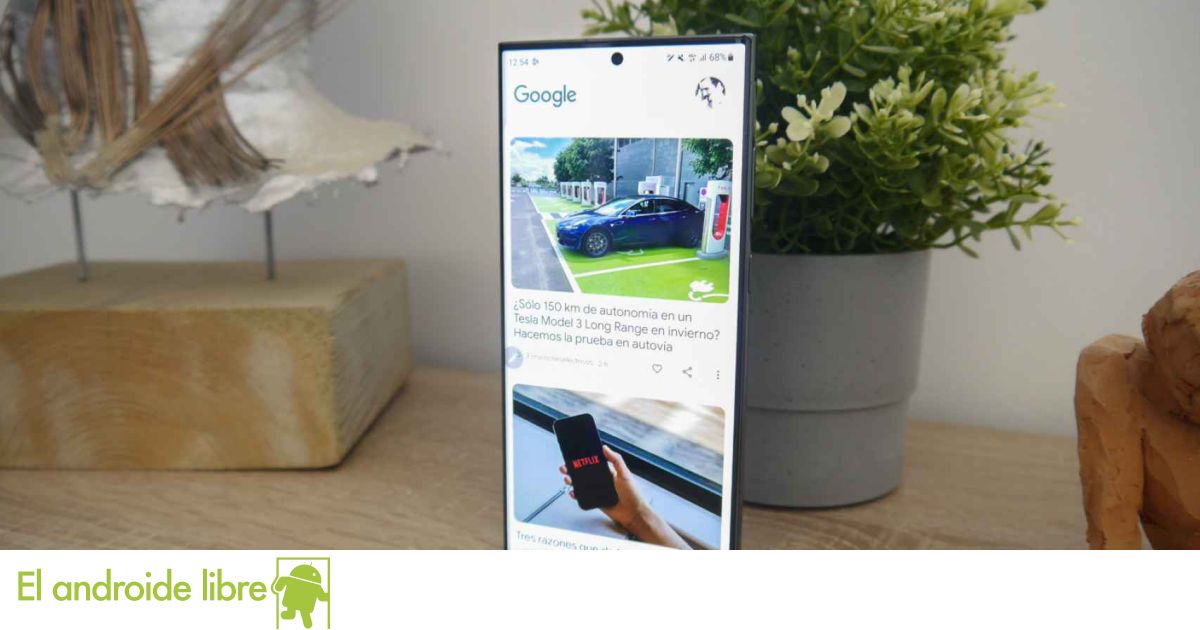Ever since Apple kicked off the ball with its first iPhone, the smartphone industry has been brimming with nifty lifestyle ideas and new milestones. Apple itself is often at the forefront of innovation: the iPhone can now contact emergency services via satellite, unlock a car or find a runaway pet. iOS and the iPhone make it all possible.
If the iPhone can do all of this already, how much will it be able to do in five years? The key, when extrapolating developments from the past into the future, is to keep one important thing in mind: the progress ahead of us is always much faster than the progress we have already made. This is especially true for the tech world, as Moore’s Law applies. He says (in a nutshell) that the complexity of integrated circuits doubles every 1-2 years; in other words, computing power increases exponentially. We can expect much larger leaps in development over the next five years than we have seen in the past five.
Because the new hardware opens up completely new possibilities, we can make some guesses about what might be on the horizon. Here are seven cool, crazy, and far-off features that could be landing on your iPhone sooner than you think.
Infinite battery life
In some respects, it already exists: inductive charging works wirelessly and is also very practical. We simply place our iPhones on a MagSafe charging station and save ourselves the annoying tangle of cables.
What the technology still lacks for the next revolution, however, is range. If such induction fields could be extended, or if our iPhone could tap into radio waves to charge itself, we would never have to worry about empty batteries again. It’s not science fiction either. Xiaomi demonstrated a revolutionary over-the-air charging system as early as January 2021.
Theoretically, such an advance would mean that you could completely remove the battery since power would be available everywhere. This would drastically reduce the weight of mobile devices, reduce costs and help the environment.
6G speeds
After 5G, the next milestone in mobile communications is already waiting for us in the form of 6G. Although there is no specific date for the launch of the new standard, 6G should arrive in five to six years.
Transfer rates of up to 400 Gbit/s are provided; with it, you can download an entire Blu-ray movie to your iPhone in a second. One can only hope that the device’s storage will make similar progress. Perhaps local data chips will also become more or less superfluous since huge volumes of data could be downloaded from iCloud in a fraction of a second.
real artificial intelligence
Right now, Siri is bad, and it probably seems extremely ambitious to hope that it could ever reach the intelligence of an AI system like ChatGPT. Nevertheless, the subject of AI and its integration into human life remains an important issue for iOS. Experts agree that full networking of all everyday technology, from cars to nutrition apps to smart homes, is only a matter of time.
Apple and its walled garden could particularly benefit from a highly intelligent AI. After all, in the Apple ecosystem, more and more apps need to work together seamlessly and handle increasingly complex tasks for ever more demanding users.
The future iPhone could drive your car to your front door, read a story to your kids (if they’ve been good), and automatically ask the boss to forgive you if you’re late for work, all without asking. to Siri.
Thought control
Another prediction that may seem bold, at least for the next five years. But the idea is anything but far-fetched, as thought control of technological devices already works today, even though no one has yet implemented it in a mobile operating system.
Don’t believe us? You better sit down. Neuralink, a company owned by Elon Musk, implanted a brain chip in a monkey for this very purpose. The implanted circuit can send brain signals from the primate directly to a smartphone.
You can see the result in the video above. If you’re wondering why the monkey sucks on that metal tube so passionately, it’s because he’s getting a banana smoothie as a reward for playing his part. At the end of the video, the haptic control devices are completely disconnected and the monkey controls the game with his thoughts alone.
This is all very far-fetched, but satellite SOS, wireless charging, and Siri were once pretty far-fetched.
great apps
You don’t need a crystal ball to see this trend coming. In the future, so-called super apps will play an increasingly important role in our daily lives, and the iOS of the future will be no exception.
Super apps combine a wide range of services, functions and services in a single interface. That makes sense, because as convenient and versatile as apps are today, doesn’t it bother you that so many of them are needed? Each social media site has its own application and encourages visitors to download it. If you use Twitter, Facebook, YouTube, and Instagram, you probably have a salad of apps on your iPhone.
Super apps also promise practical and above all quick solutions in many other areas. Planning a vacation? In the future, a single app will allow you to book a flight or hotel, make calendar entries and invite your lover, find great local restaurants, arrange car rental and call the room service.
Augmented reality
Right now, we’re eagerly awaiting Apple’s first AR headset, which will arrive accompanied by its own operating system, likely called xrOS. If this product is a success, augmented reality will play an increasingly important role at Apple and could expand into other areas.
Naturally, the iPhone will be a big part of Apple’s VR and AR effort, first as a companion to the headset, then as a full-fledged AR device. And if all goes according to plan, the AR headset will eventually completely replace the iPhone within the next 10 years.
Just a screen
All the limitations of the iPhone can be attributed to one thing: the hardware. But who said that heavy and energy-consuming components had to be integrated into the smartphone? If the storage and user account are already hosted in the cloud, why not run the software there as well? If some of the tech here comes to fruition – 6G, true wireless charging – you wouldn’t need to carry around much more than a paper-thin display.
This article originally appeared on Macwelt and was translated and edited by David Price and Michael Simon.
Table of Contents








